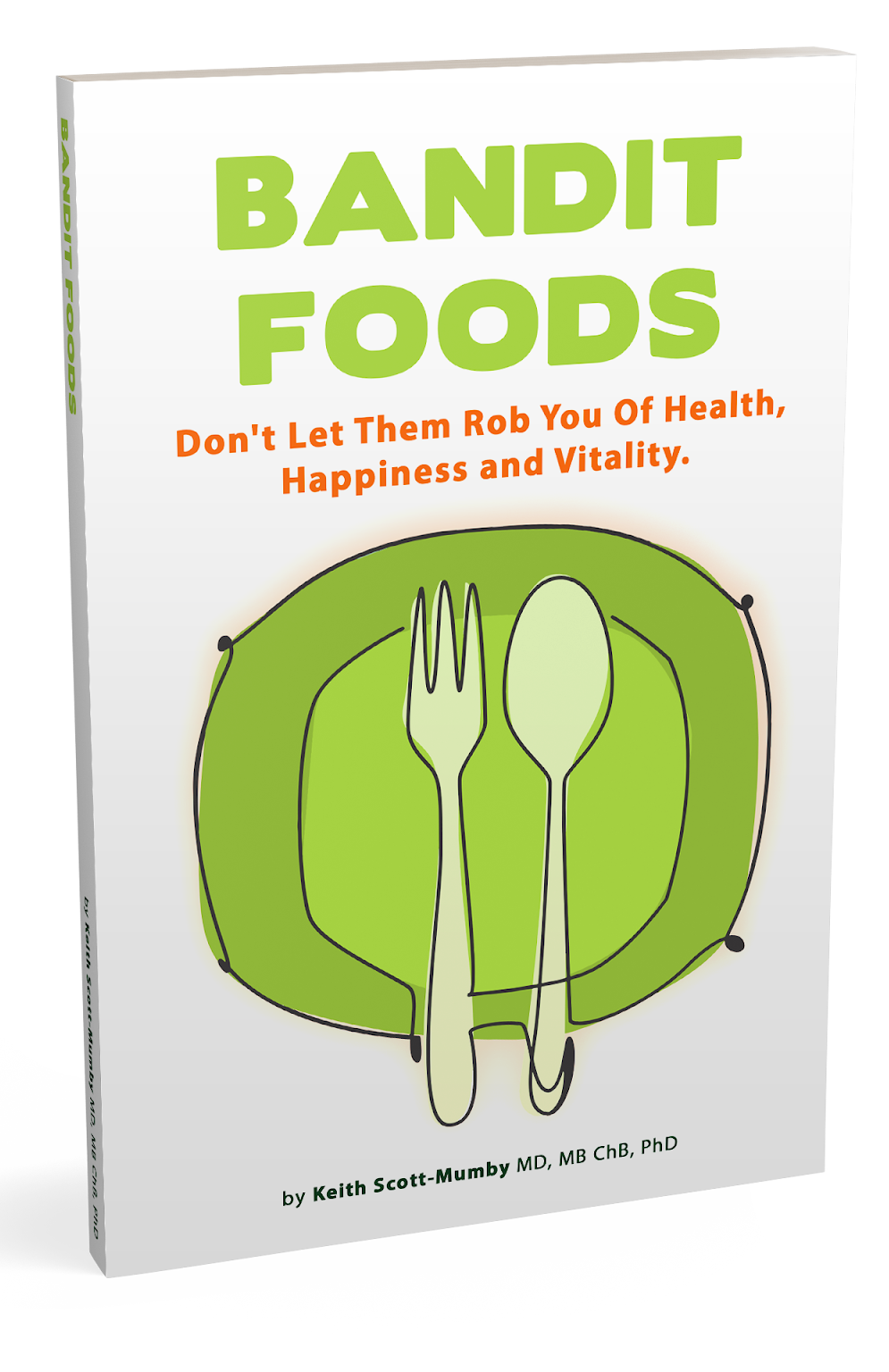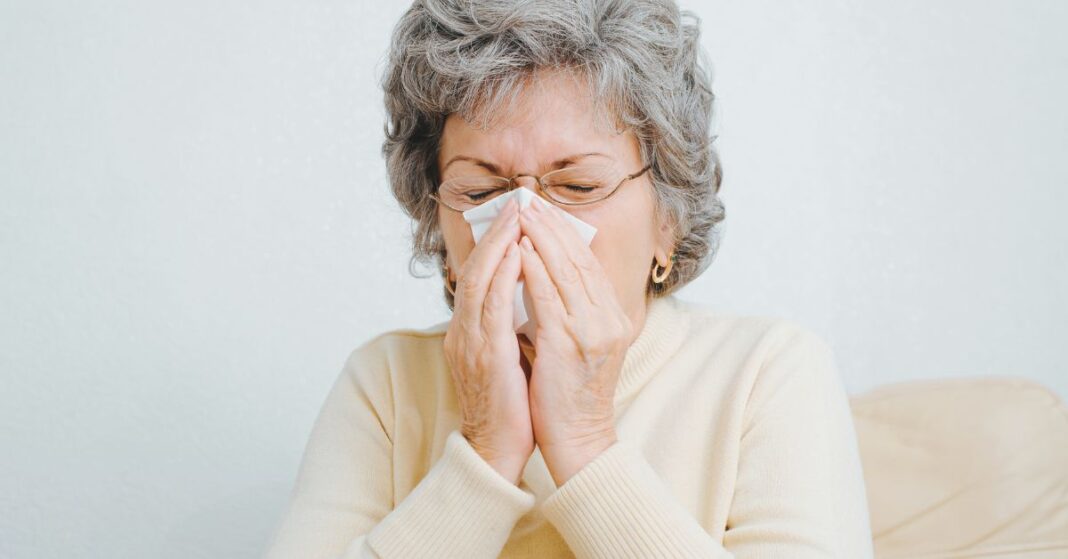The term “hay” fever is meant to denote a problem with grass pollens. But as everyone knows, it’s not confined to grass pollens: flower pollen, tree pollen (about now) and even mold spores can also create allergy havoc during spring and summer.
As I wrote in my 1992 book on allergies, the cause of hay-fever, pollens, was first discovered by Dr. Charles Harrison Blackley in 1873, in a suburb of the city of Manchester, just a few miles from the medical school where I graduated. He sent kites high into the air with sticky plates to monitor levels, saved up pollens and tried sniffing them in winter (he was himself a sufferer) and rubbed samples into his skin, to produce what was a very elegant scientific proof that pollen was the problem. Blackley’s most important work was a book titled the Experimental Researches on the Causes and Nature of Catarrhus aestivus, published in 1873.
No less a person than Charles Darwin wrote to Blackley, “The power of pollen in exciting the skin & mucous membrane seems to me an astonishing fact”.
Catarrhus aestivus is Greek for “spring catarrh”.

Hay-fever is characterized by red, itchy eyes, sneezing and catarrh, but any seasonal symptom, made worse by pollens (for example, wheezing and rashes), is covered by the remarks that follow.
Certain pollens can be identified because of the time of year when symptoms become manifest. For example, trees begin to pollinate in March and April, grasses in May and June and flowers from June onwards, though there are exceptions to these very broad generalizations. Sometimes the trigger is not a pollen but a seasonal mold.
The main problem is that there is nothing you can do to escape the pollen, or even reduce it, as you can with dust. Short of taking continuous antihistamines, with their tiresome side-effects, or isolating yourself indoors for the best days of the year, the problem has to be tackled some other way.
Desensitization sometimes helps but there are many pollens to test and unless you identify and treat the right ones, the results will be disappointing. And there always remains the dangers of classical allergy “desensitization”: it can be fatal!
Dr. Keith’s Big Secret!
But there is another helpful plan. A big secret which so intrigued the media in the 1980s and 90s that I was asked to broadcast all over the world, live and down-the-line phone interviews, to explain its magic benefits for hay fever sufferers.
In a nutshell, it was this: IF YOU ARE ALLERGIC TO GRASSES ON THE BREEZE, STOP EATING GRASSES! Reduce the load! Cereal foods, like wheat, corn, rye, oats, barley and rice are all grasses (family: Graminaceae). We eat far more grasses than we breathe in the air! Duh!
Predictably, “experts” scoffed but those who took the trouble to try it discovered it works and I am pleased it is now common for doctors to recommend dietary avoidance to their patients, with or without any other treatment. You can do it by yourself, which is great, but of course this makes some doctors mad as hell!
Don’t just give up the grains foods, eliminate all suspect or troublesome foods. Which reminds me, if you haven’t already got yourself a copy of my latest, snappy book BANDIT FOODS, it’s time you did. It tells you how to track down and eliminate surprise foods that may be burdening your immune system and causing symptoms. It’s common…. VERY COMMON!

GO HERE TO GET A COPY.
The logic, once again, comes down to our total body burden. How many people ever think of going on a diet to combat hay-fever? It’s simple: if you eliminate any food allergies, the body is better able to cope with inhaled allergies. SO NOT JUST GRAINS: avoiding milk, food additives, tea, coffee and alcohol can also have a remarkably beneficial effect. It isn’t a sure-fire cure, but it is certainly worth a try and anything is better than feeling utterly wretched just when everyone else is having all the fun.
Try the simple elimination diet, or even my “half fast” (lamb and pears only for 5 days), at a time when the pollen count is high. Even if you don’t clear the symptoms, you may reduce your need for medication quite considerably. Don’t forget to follow up the diet with challenge tests, if it works. Find the real culprits.
[Special note: allergy to Betula species (birch) commonly cross-reacts with foods in the nut-and-pip group and may overload. If you have a birch allergy, try the nut-and-pip free diet]
The Ragweed Problem
Ragweed is a nationwide allergy problem in the United States. Very few areas can claim to be ragweed-free. Ragweed, a rampant yellow flowering weed, is a member of the Aster Family. Two species are significant: the giant ragweed Ambrosia trifida and short ragweed Ambrosia aratemisiifolia. These species can flourish on very poor soil and out-compete most other plants, which is why they are so prolific. It is estimated that approximately 100 million tons of ragweed pollen per year are released in the United States alone.
The season runs from late August to early November. If your symptoms are at a peak late September and October, the chances are that ragweed is your problem.
Once again, elimination dieting can help. Foods which cross-react with ragweed include honeydew melon, cantaloupe, watermelon, squashes, zucchini, banana, cucumber and chamomile. You may notice that these foods cause symptoms in your mouth, such as itching of the tongue, roof of the mouth or throat. In which case avoid them at all costs.
Clean Air
It’s important to have a pollen-free environment during the summer hazard months. Back in those days there was nothing like today. Now we have HEPA filters galore (high-efficiency particulate air).
We have two “Air Doctors” in our house, one in the bedroom and one in the main living room. These boast what they call Ultra HEPA filters, which remove particles down to as small as 0.003 microns. This is 100 times smaller than the standard HEPA filter size of 0.3 microns. You can buy an Air Doctor on Amazon.

And remember the wisdom of this, which is that the Air Doctor filters not just pollen, but dust, dustmite, animal danders, molds, viruses, bacteria, particulates like smoke AND chemicals (it has an activated carbon filter too, which absorbs volatile organic compounds (VOCs) and other chemical pollutants). It produces real clean air in your personal local environment.
Breathe clear, sniff!! There is nothing quite so life giving as being able to breathe in good, clean air!
To Your Good Health,
Prof. Keith Scott-Mumby
The Official Alternative Doctor




